Don’t Prospect—Sell
I have recently received several requests from business writers looking for quotes about increasing sales productivity. Since this seems to be a hot topic, I thought I’d weigh in with an article of my own.
The most important thing that an organization can do to improve sales efficiency is to provide leads to its sales force. The sales team that starts each day with a folder full of qualified, hot leads will generate far more revenue than a team that starts the day by prospecting.
Many organizations, particularly those led by old-school sales managers, would see this as blasphemous advice. Back in the day, the mantra was to sit down and start “smiling and dialing.” Hardcore salespeople would spend the bulk of their time cold calling into accounts hoping to get that one hot ticket that would result in a sale.
To be clear, cold calling on the telephone can indeed produce results. I know this from personal experience, having generated millions of dollars in sales over my 40-year career by picking up the phone and calling somebody I didn’t know.
The problem is that cold calling is not an efficient way of generating leads, at least not on a one-to-one basis. The argument is that one-to-one marketing is the best form of marketing there is. In many situations that is true, but, using technology properly, there are much better ways to do it. And looking at the numbers, although an effective telemarketer can approach the same level of success you’d expect from a well-executed direct mail campaign (between 1% and 2%), cold calling is simply an extremely poor use of a salesperson’s time.
With that said, if cold calling remains as the tactic of choice, companies should utilize a dedicated telemarketer lead generator or, better yet, a room full of telemarketers to handle the cold-call process. As leads are identified and validated, they are turned over to the sales force for follow-up. Depending on your industry, your offers, and your market, this can be a viable marketing tactic. It’s reasonably cost-effective and completely scalable.
There are however, better and much more cost-effective marketing tactics than cold calling, best implemented by someone who’s focus is solely on lead generation. The sales force should not be responsible for implementing any of them. The sales force has other, more valuable things to do—like selling more products and services.
The reason I recommend that my clients separate lead generation from selling is because sales and marketing are two discrete things. Within the context of my Sales Engineering System, the term “sales” is defined as the process of creating an equal exchange of value. Marketing is defined as the process of bringing customers and prospects to the point of sale (the point of sale being the physical location where a buying decision is made). These are important distinctions to make when trying to optimize sales performance.
That’s because marketing and selling require different skill sets. A marketer understands how to attract interest and create desire. A salesperson understands how to convey value and solve problems. By allowing salespeople and marketers to focus on what they do best, sales efficiency will increase exponentially.
In my opinion, the primary goal of the marketing efforts for any business is to generate leads for the sales force. There should be no ambiguity about it, and every marketing plan should ultimately be created with that mission in mind. Instead, marketing departments seem to have a knack for carving out substantial budgets without a whole lot of accountability. Complicated tactics and technical buzzwords keep everybody in the marketing department busy—but often without measurable results to show.
The singular metric upon which all marketing efforts should be evaluated is the number of leads generated. Whether you are measuring the effectiveness of an internal department or an external agency, the true acid test of performance is the number of people who stepped up, raised their hands, and asked for more.
Anybody who steps up is a lead, ready to be turned over to the sales force. The more leads a sales force receives, the more sales will be closed, and the more revenue generated. It’s an efficient way to drive growth.
Of course, the marketing department often lists building a company’s brand as its primary mission. While brand building is certainly an important enterprise-level activity, a brand is really just a reflection of a company’s reputation, based on how it conducts business and provides value. The marketing department can communicate brand messages, help to shape the brand image, and position it in the marketplace, but it can’t build the brand.
Sure, the marketing can help get the brand identity out into the marketplace and attempt to establish some level of connection with the brand. But as I discussed in a previous article (https://www.linkedin.com/pulse/branding-lessons-from-friendly-skies-united-kerry-lohrman) how a business operates clearly defines its brand. As such, it is primarily based on operational efficiency and excellence as well as value delivered rather than the orchestrated messages and images of a marketing campaign.
Many businesses talk about having a sales culture but don’t know really what that means. Indeed, members of the sales force are often treated as second-class citizens and particularly looked down on by the marketing department. In a company with a true sales culture, the sales force is acknowledged and identified as the “tip of the spear” upon which the challenge of generating revenue falls.
When the mission-critical function of the sales force is focused in this light, all other business activities are intended to support the selling process. When an organization is structured accordingly, revenue generation is optimized.
Keep your sales force focused on what it does best: selling. Leave the lead generation to the marketing department—and then demand results.






